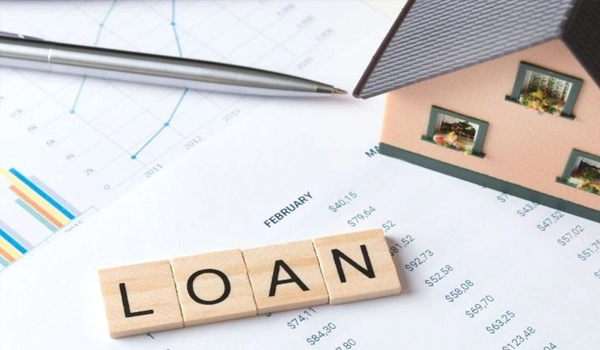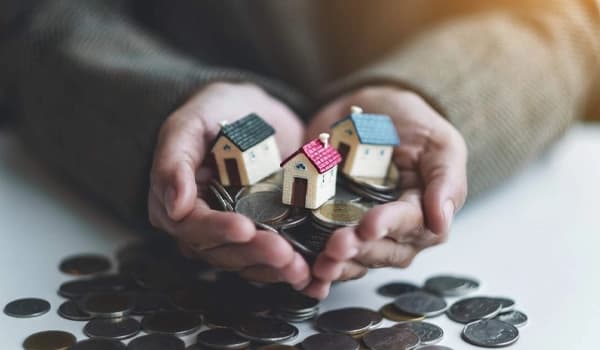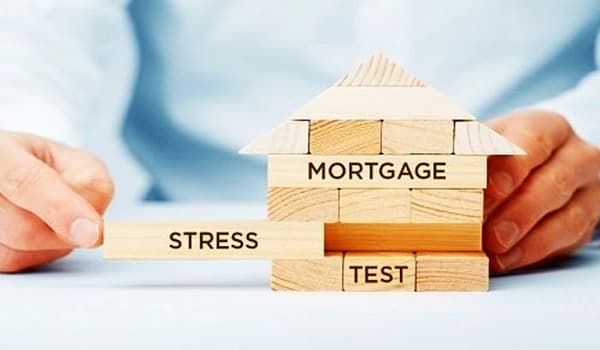How to Buy a House with No Down Payment in Ontario

Down payment is a huge obstacle faced by those looking to buy a house in Ontario, where property is more expensive than in other provinces. Now, if your savings don’t amount to pay the downpayment, does that mean buying a home will remain a dream for the rest of your life? Luckily, there are ways to get a mortgage without a down payment in Ontario. Let’s check them out.
Down Payment Requirements in Canada
Up until 2008, borrowers could borrow the entire mortgage amount without a down payment. However, the government enforced new laws which effectively ended the zero-downpayment mortgage. The new law requires the borrower to pay at least 5% of the insured mortgage.
Also, the lenders must secure mortgage loan insurance for borrowers who can’t pay 20% of the mortgage. The amount of the down payment depends on the home price, the type of property and the borrower’s financial situation, including having the minimum credit score for a mortgage.
Alternatives to Traditional Down Payments
If your savings don’t amount to at least 5% of the mortgage, or for any other reason you’re looking for other ways to get a mortgage, you can try the following solutions.
Borrowed Down Payments (Flex Down Mortgages)
This alternative allows you to borrow the down payment money from sources such as a personal loan or a line of credit. However, you must prove that your financial situation is stable enough so that you can afford to repay both the mortgage and the loan.

Cash-Back Mortgages
In cash-back mortgages, the lender gives you 3% to 5% of the mortgage in advance. You can use the money as financial support to pay the down payment or closing costs of the mortgage application. However, since you’re getting money in advance, you must pay higher interest rates.
Government Programs and Incentives

The government in Canada has changed some mortgage rules to make home purchases more affordable. It also provides some facilities for home buyers. Click to learn more about down payment assistance programs in Canada.
- First-Time Home Buyer Incentive (FTHBI): The government gives you a loan for up to 5% of a resale home price or up to 10% of a newly constructed home.
- Home Buyer’s Plan (HBP): It allows you to withdraw up to $35,000 from your retirement savings (RRSP) tax-free to pay as a down payment.
- Land Transfer Tax Rebate: This facility reduces the financial burden of closing costs as first-time home buyers can receive a rebate of up to $4,000 on the transfer tax.
Also read: First-Time Homebuyer Mortgage Options in Toronto
Financial Considerations and Risks
Benefiting from these alternatives requires meeting strict qualifications. For instance, you must have a credit score of at least 650 as well as a low debt-to-income (DTI) among other things. Additionally, using these facilities increases your overall debt load and interest rates, which ultimately means you have to pay more during the mortgage life.
There are also numerous risks involved in borrowing the down payment, as you will be left with limited resources to handle unforeseen expenses, such as home repairs or interest hikes. Moreover, borrowing the down payment can damage your credit score if you miss payments on the borrowed funds.
Steps to Purchasing a Home with a Minimal Down Payment
There are six main steps to purchasing a home without a down payment:
Step 1: Assessing Your Financial Situation
You can request a credit report from credit bureaus such as Equifax or TransUnion. Check the report for any errors or mismatches. As mentioned earlier, your credit score should be at least 650, and your DTI should be under 39. The lender relies on this information to ensure you can pay back the loan.
Step 2: Finding the Right Lender
There are various mortgage lenders in Canada. Prime lenders are banks that have stricter requirements, and alternative lenders include private lenders such as Mortgage Investment Companies (MICs). You can also work with mortgage brokers to find the most suitable mortgage application.
Step 3: Getting Pre-Approved
The third step is collecting the required documentation to ensure the lender that you can pay back the mortgage as well as the loan you get to pay the down payment. The documentation includes:
- Proof of income
- Proof of employment stability
- Credit history and score
- Debt-to-income ratio
- Proof of savings
- Mortgage loan insurance
Step 4: Consulting a Real Estate Professional
Buying a home is a big purchase, and if you want to apply for a mortgage plan, you need to go through some paperwork, which can slow down the process if you don’t know the legal steps, particularly if you want to buy a home without down payment in Canada. A professional real estate agent with relevant experience can break down the process for you and lead you in the right direction.
Step 5: Save for Additional Costs
As you work with a lender to get the mortgage, you need to save some money for the closing costs. These costs must be considered when choosing an affordable house; otherwise, you'll be under pressure from day one. The following table summarizes the costs for a $500,000 home.
Step 6: Find the Right Home
This is the last step in buying a house with no down payment. You must consider your budget and criteria to find the right house. You should not choose a house that costs all your money as you might need some for emergency repairs. When you choose the house, you should get the lender's approval to finalize the mortgage.
Frequently Asked Questions
How can you buy a home with no money down in Canada?
You need to pay at least 5% of the mortgage for a down payment, but there are some facilities and governmental incentives that make it possible for home buyers to get a mortgage without a down payment.
What is the lowest down payment for a house in Ontario?
The amount of down payment depends on the home value: 5% for homes priced at $500,000 or less, 10% on the portion of the price above $500,000, and 20% for homes priced at $1 million or more.
How much mortgage can I get with a $70,000 salary in Canada?
With an annual salary of $70,000, you can qualify for a $400,000 mortgage, given that you have a high credit score and low DTI.
What type of mortgage has the lowest down payment?
A high-ratio mortgage has the lowest down payment, which is 5% of the mortgage amount, but it also requires mortgage loan insurance.
The Bottom Line
Getting a mortgage is possible even if you can’t pay the downpayment. There are alternatives, such as flex and cash-back mortgages, that make this possible. However, using these facilities will increase the repayment over the mortgage life. Therefore, you should thoroughly assess your situation and consult a professional real estate agent to choose the best alternative and accelerate the process of buying a home.
- In this post:
- Down Payment Requirements in Canada
- Alternatives to Traditional Down Payments
- Financial Considerations and Risks
- Steps to Purchasing a Home with a Minimal Down Payment
- Frequently Asked Questions
- The Bottom Line



